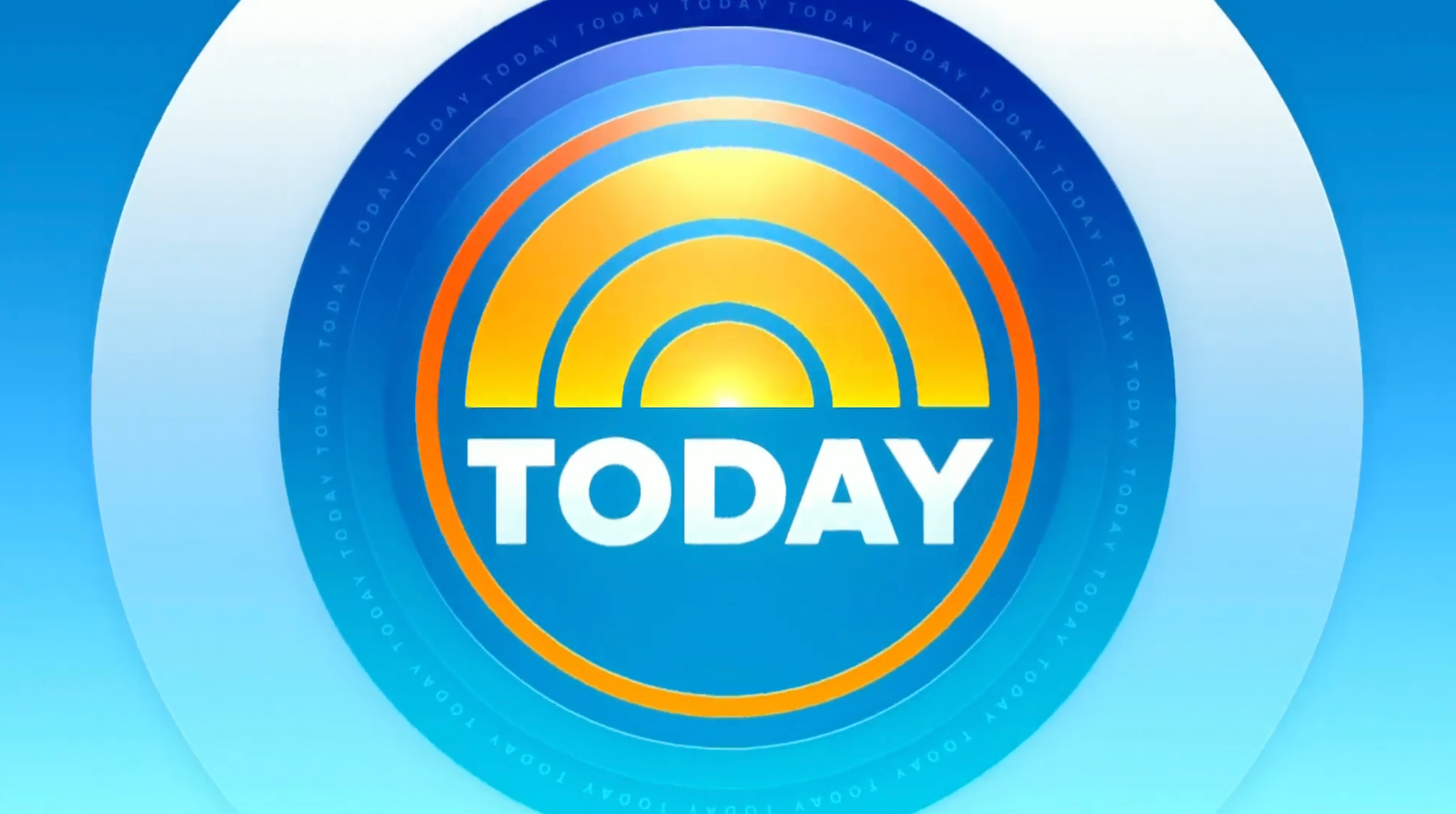Today's High-Yield Savings Rates for July 7, 2025: Up to 4.66%

Getting the best rate as a saver has been a little more difficult since the Federal Reserve started cutting its benchmark rate toward the end of 2024. Since the beginning of 2025, Fed officials have adopted a wait-and-see approach due to concerns about tariffs and economic conditions. The central bank again held the federal-funds rate steady in June, but kept the door open for future cuts as it gathers more data on how trade policy will impact inflation.
With the average savings account paying 0.38%, according to the Federal Deposit Insurance Corporation (FDIC), it might feel a little bleak for savers. However, high-yield savings accounts still offer a way to get a little more yield. The best high-yield savings account pays a much higher yield.
Indeed, the top rate from a national bank is 4.66% APY, according to DepositAccounts.com. Locally, you might be able to check with a credit union or community bank. For example, ConnectOne Bank in New York offers an APY of 4.00% if you have at least $2,500 deposited.
Today’s best savings APYs
The highest APYs available are often offered by online banks. Check for those with FDIC insurance, or if you find a credit union, make sure it’s insured by the National Credit Union Administration (NCUA). Here are today’s top rates:
- Axos Bank: 4.66% (No minimum deposit or requirements to earn the highest APY)
- Elevault: 4.60% (No minimum deposit or requirements to earn the highest APY)
- Pibank: 4.60% (No minimum deposit or requirements to earn the highest APY)
- Peak Bank: 4.44% ($100 minimum deposit to open an account)
- EagleBank: 4.40% ($1,000 deposit to open an account)
- TIMBR: 4.40% ($1,000 deposit to open an account)
- Primis Bank: 4.35% ($1 deposit to open an account)
- Vio Bank: 4.31% ($100 deposit to open an account)
- Everbank: 4.30% (No minimum deposit or requirements to earn the highest APY)
- Bread Savings: 4.30% ($100 minimum deposit to open an account)
Historic savings and Fed rate trends
By paying attention to historical rates, you can get an idea of what to expect from high-yield savings accounts. Rates change frequently, based on market conditions and other factors, but you can see how Federal Reserve decisions impact savings rates.
Why aren’t all savings accounts high-yield?
A HYSA is a type of savings account. It has many of the same rules as a traditional savings account. The main difference is the yield a bank or credit union is willing to pay on a high-yield account.
Banks and credit unions set their rates based on market conditions and the financial institution’s goals. The yield financial institutions pay on a savings account is money they pay you, so they want to maximize profits.
How HYSAs work
High-yield savings accounts are deposit accounts designed to pay a yield that’s much higher than the national average. Financial institutions determine how much money they can make on the spread between what they’re paying you as a yield and how much money they make in interest from a borrower.
Pay attention to restrictions that sometimes come with HYSAs. For example, some savings accounts limit the number of withdrawals and transactions you can complete in a month. Others might require a minimum deposit to open an account or have limits on your APY based on your balance.
How traditional savings accounts work
Traditional savings accounts work the same as HYSAs. However, unlike high-yield accounts that are often found online with no brick-and-mortar branches, traditional savings accounts are usually held at banks that have physical branches.
In some cases, you can get above-average yields with more traditional accounts held at local credit unions and community banks with physical locations, but often the best savings rates are found with online-only accounts.
Traditional savings accounts might have transaction limits, deposit requirements and tiered rates based on your balance.
HYSA dependency on Fed rate
The Federal Reserve meets eight times a year to announce its benchmark federal-funds rate (sometimes called the Fed rate). This is the rate banks charge each other for short-term lending. High-yield savings accounts are highly dependent on the Fed rate.
When the target rate rises, savings yields generally rise as well. For savers, this can mean higher returns for letting their money sit at a bank or credit union. On the other hand, when the Fed cuts its benchmark rate, yields tend to fall.
Savings yields can fluctuate regularly, but they are most likely to significantly change when the Federal Reserve announces a cut or increase of its benchmark rate.
Post a Comment for "Today's High-Yield Savings Rates for July 7, 2025: Up to 4.66%"
Post a Comment